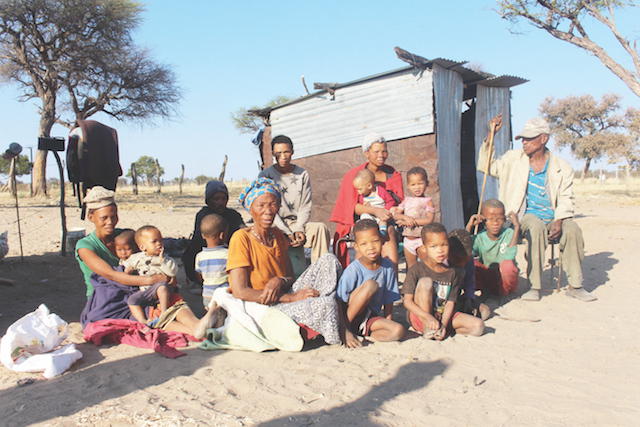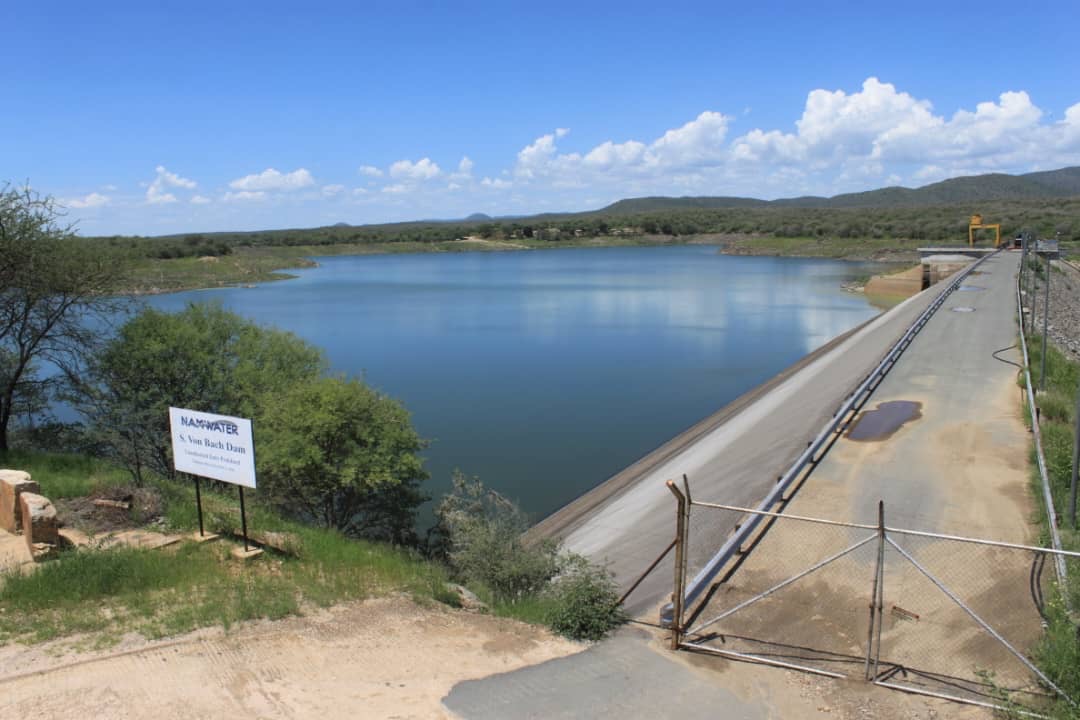When life got tough, the Denisovans got tougher.
The enigmatic ancient humans hunted birds, rodents, even hyenas, helping them to thrive high on the Tibetan plateau for well over 100 000 years.
Those conclusions emerge from a study of thousands of mostly tiny animal bones that provide an insight into life at Baishiya Karst Cave in China – only the second archaeological site known to host Denisovans, after the Siberian cave that gave the group its name.
Denisovans are a sister group to Neanderthals, and might have once lived across Asia.
Many of the cave remains could be identified only by their protein signatures. This included a rib bone that represents a new Denisovan individual, one of just a handful known.
“Denisovans are dealing with the full suite of animals they’re surrounded with in order to survive in this quite harsh landscape,” says Frido Welker, an archaeological scientist at the University of Copenhagen who co-led the study, published in Nature on 3 July. “It’s at high altitude. It’s cold. It’s not a nice place to be as a hominin.”
In the years after their discovery in 2010 – using ancient DNA retrieved from a fleck of finger bone – Denisovan remains have only ever been found in Denisova Cave in Russia, which also hosted Neanderthals and early Homo sapiens at various times over some 300 000 years.
But the presence of Denisovans’ genetic signature in the genomes of modern humans from Asia and Oceania – an indication of ancient interbreeding – suggests that Denisovans lived across a much wider area than just a pocket of southern Siberia.
The first direct proof of Denisovans’ cosmopolitan nature came in 2019, when a team including Welker found Denisovan protein signatures in a lower jawbone and teeth from Baishiya Karst Cave, dated to be at least 160 000 years old. A Buddhist monk had collected the remains in 1980 while visiting the cave to meditate.
Proper excavations of the cave revealed more signs of occupation: dirt from the site dating to between 100 000 and 45 000 years ago contained DNA sequences from maternally inherited cell structures called mitochondria, matching those of the Denisova Cave remains. The dig, led by archaeologist Dongju Zhang at Lanzhou University in China, also uncovered thousands of mostly fragmentary animal bones.
To identify more than 2 000 of these remains, Zhang, Welker and their colleagues chemically analysed collagen protein signatures, which vary between animals. Especially common were caprines (the subfamily that includes goat and sheep) as well as wild yak, horses and gazelle. Carnivores, including wolves and foxes, also turned up in the mix.
Many of the bones from the cave, including those of hyena, caprines and golden eagles, contained cut marks and other signs of human predation. Even rodents and hare were probably hunted: a marmot leg bone was split open, potentially to harvest its marrow.
Such small, speedy animals wouldn’t have been easy to catch, says Zhang, and bringing down carnivores such as hyenas would have taken nerve and determination.
HUMAN LINEAGES
The collagen analysis also revealed that a rib bone belonged to a human (the protein doesn’t vary between Homo sapiens, Denisovans and Neanderthals). The researchers then sequenced more than 4 500 amino acids from 21 proteins, and found the sequences most closely matched those of a Denisovan from Siberia.
Some animal remains from the site contain DNA, says Zhang, so she is hopeful that the rib bone will, too. DNA tends to be more informative about evolutionary relationships than proteins are.
“It’s obvious that it’s a Denisovan,” says Fabrice Demeter, a palaeoanthropologist at the University of Copenhagen who was not involved in the study.
The rib was found in an archaeological layer dated to 48 000 to 32 000 years ago – a period when Denisovans could have encountered and interbred with early Homo sapiens in East Asia.
“Could this be the region where, at some point, Denisovans contributed to human DNA?” wonders Samantha Brown, an archaeological scientist at the University of Tübingen, Germany.
She and other researchers are also excited by the fact that, so far, Denisovans seem to be the only hominin that settled at Baishiya Karst Cave. That means that the site could offer a clear window into Denisovan life and show how the group adapted to diverse environments.
Scientists’ picture of Denisovans is becoming less opaque thanks to information gleaned from dirt and shards of bone subjected to cutting-edge DNA and protein analysis, says Brown: “Denisovans are essentially, at the moment, a biomolecular population.”
The remains Zhang and her colleagues analysed are from pre-pandemic excavations of Baishiya Karst Cave. But the researchers are now back excavating the enormous cavern, hoping to find more insights into Denisovan life.
“We haven’t reached the bottom,” says Zhang. – Nature
Stay informed with The Namibian – your source for credible journalism. Get in-depth reporting and opinions for
only N$85 a month. Invest in journalism, invest in democracy –
Subscribe Now!










